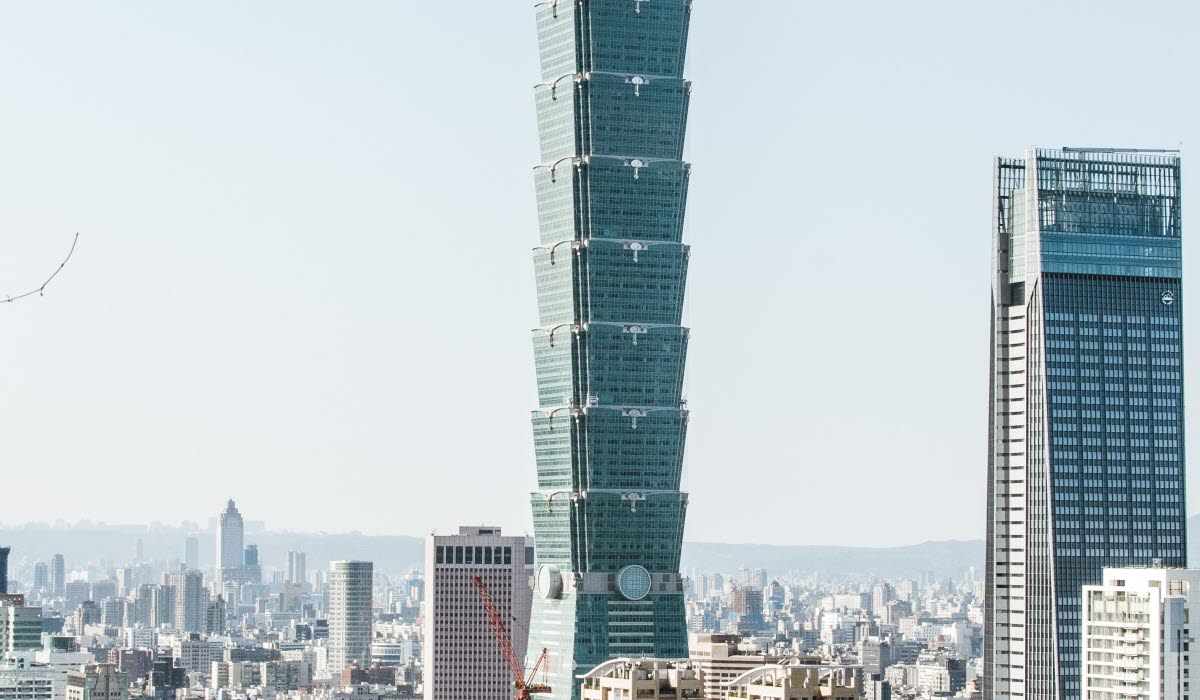Asia’s global dominance in the manufacturing supply chain remains solid, and China’s position at the top is unchallenged. Trade dynamics across APAC are shifting as companies are looking to minimise risks exposed by the Covid-19 pandemic. But before the global healthcare crisis, domestic policies and rise of protectionist agendas were high on the agenda. But the primary drive for change continues to be the escalating US-China trade war that is forcing global companies to review their supply chain strategies.
Even before the fallout of the Covid-19 global pandemic, manufacturing companies with supply chains across APAC were reacting to local, regional and global challenges.
China: still the undisputed world manufacturing champion
China is transitioning to a manufacturing hub of high value-added products and their domestic policies and investments are aligned to realise this ambition. On the infrastructure side, the unrivalled Belt and Road Initiative is set to impact trade routes through reduced shipping times between Asia and Europe and supporting China’s logistical connection to the rest of the world. This will see the emergence of new manufacturing and supply chain hubs, leading to shift of global logistic.
While the US-China trade war and COVID-19 will inevitably lead to some companies looking to move production of out China, the large domestic market, scale of production capabilities and integrated supply chains will ensure China’s global manufacturing position for years to come. As high-tech products increasingly become China’s focus, information security and IP protection will become the key issues impacting Swedish companies.
Covid-19 has accelerated manufacturing shifts that were already making waves because of the US-China trade war. Across industries, Swedish companies will need to manage the change and associated risks – and leverage them for production and sales growth.Diversification key to mitigating risk
Many companies expanding in Asia have long been reliant on China, both to access their large domestic market but also as a manufacturing base for regional and global demands. However, economies like Taiwan, South Korea, Japan as well as selected markets in South and Southeast Asia have also been critical for global supply chains in selected industries.
Manufacturing in ASEAN accounts for more than 20 per cent of the region’s gross domestic product and is a major driver of growth and competitiveness. ASEAN is also the world’s seventh largest market and boasts the world’s third largest labour force and Taiwan alone is a powerhouse in global electronics, textiles, automotive parts and bicycle supply chains. Across the rest of APAC, the shift in dynamics in and between markets is raising many questions:
• How can diversification offer protection from risk?
• What opportunities can be leveraged in new supply chains?
• What are the economic, sustainability and production impacts of diversification?
An analysis of the potential risk and opportunities should be a priority for Swedish companies, especially as the global pandemic is accelerating the need for diversification and pressure to explore new growth and cost reduction alternatives.
Domestic policies and international agreements collide
The trend towards ‘Go Domestic’ policies is not just evident in APAC, but globally. Motivations include protecting domestic production, boosting manufacturing with high-tech industries, increase local job opportunities, and strengthen local economies. Incentives from governments across APAC are encouraging manufacturing companies to move back to their home countries. For Swedish companies, this presents multiple challenges and vast opportunities. The need to set up production in several markets might become a reality to overcome the challenges of protectionist policies. This review can also present opportunities for Swedish companies to collaborate with new partners and stakeholders, sell new equipment and services, and drive innovation through change.
Conversely, increased free trade agreements are facilitating broader regional and international trade and further pushing regional and trans-pacific trade development. Both the RCEP and CTPP agreements have the potential and are expected to dramatically change the trade landscape. While new free-trade agreements between EU and Asian countries will increase the cross-region trade of goods and services. These agreements mean Swedish companies will need to re-evaluate their production locations to stay efficient, cost effective and competitive.
New landscape, vast potential
APACs population growth, new consumer markets, protectionist policies, and large shifts in the manufacturing landscape means Swedish companies must be agile and progressive with their production and sales strategies. Understanding the shifting dynamics within APAC is crucial to both short- and long-term success in the region and beyond. While the strength of China as the global manufacturing powerhouse looks undisputed, the rise and importance of countries around the region will continue to influence manufacturing supply chains across all industry sectors and define growth success in both production and sales for Swedish companies in the region.
Do you want to find out more about the current and future of supply chains in APAC?
Business Sweden is hosting a webinar series aimed at providing Swedish companies with insights and knowledge on the current challenges and opportunities within APACs supply chain ecosystem. The two webinars will cover different aspects of the APAC supply chain picture.
The first, How to prepare for diversification in APACs manufacturing supply chains post Covid-19, will explore the future of manufacturing in Asia, China’s position and ambitions with the supply chain and what steps Swedish companies need to be fit for the future.
The second, China’s Belt and Road Initiative creating new supply routes for global logistics, will focus on the impact of the Covid-19 pandemic on China’s Belt and Road Initiative and explore how companies can target certain areas for sales opportunities, how to utilise logistic solutions to mitigate risk, and the potential positive and negative impact to Swedish companies’ footprints in Asia.





